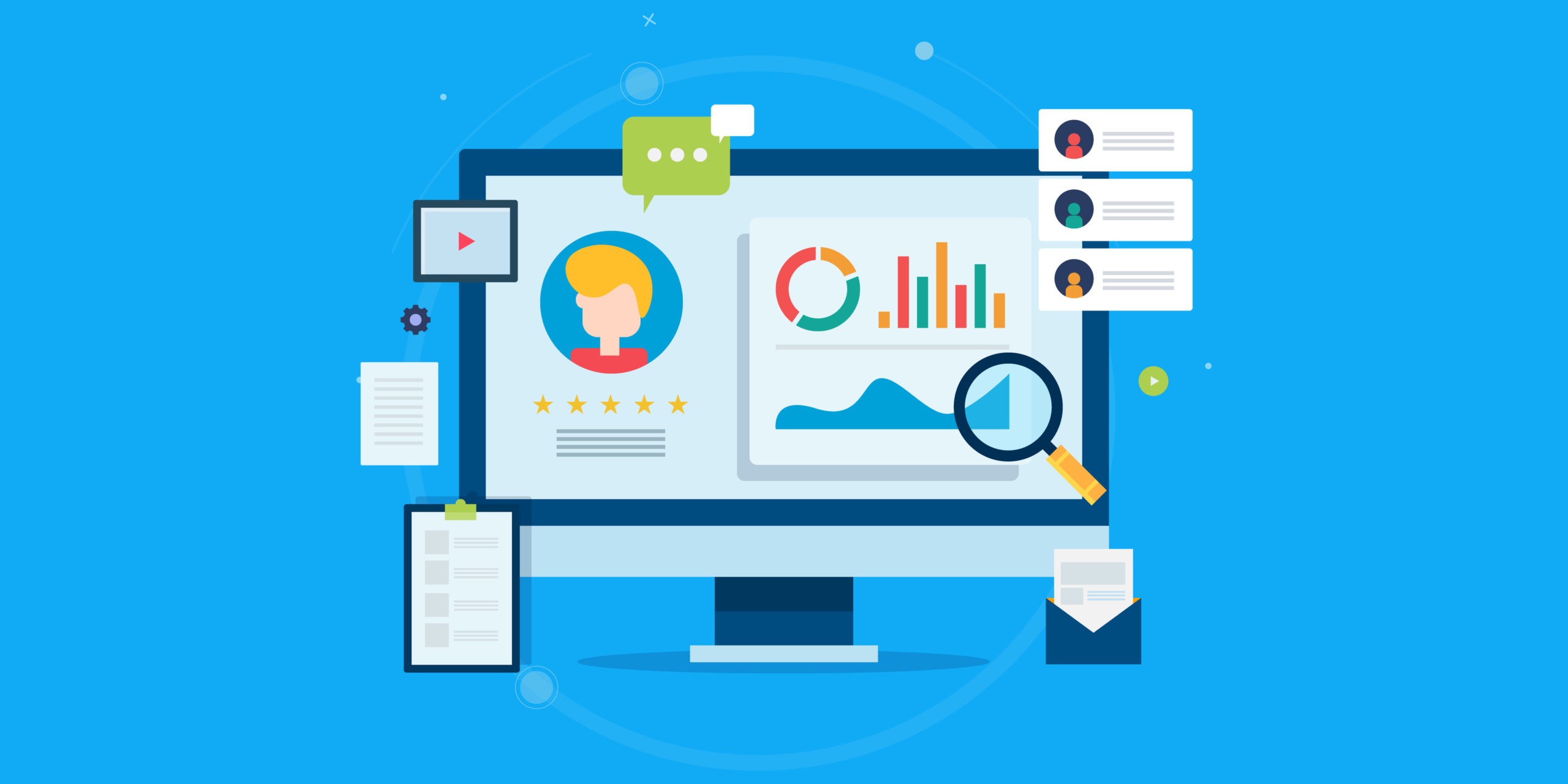When it comes to buying a website or a domain, there are a few things business owners should know
IT’S ALL IN THE NAME (OR IS IT?)
Registering a Domain
When registering a domain, you have a few options. It’s always smart to have someone on your side who understands how domains work, what role they play, and how to manipulate their settings to perform the way you need. Choose a reputable registrar that has an up-to-date website, a support number, and good reviews online. Examples of the current top-ranked domain registrars can be found here.
Choosing a Name
Don’t get hung up on the “perfect” name because it’s probably already taken. Instead, focus on an action, an emotion, or something short and easy to remember (simple is best). For obvious reasons, having a domain that matches your business name is ideal, but there are many creative ways to augment a URL to include your business name. For example, I run a mobile consulting business called PocketFuel. The domain pocketfuel.com was taken, so I registered getpocketfuel.com – it’s short and memorable enough to work for my needs.
There are loads of top-level domains (TLDs) available outside of the traditional .com, so get creative. If your business runs solely in Canada, try a .ca domain — quite regularly the .ca version of the domain you are looking for will still be available.
Domain Brokering
If you are set on getting that perfect domain, you should consider using a brokering service to help secure it for the best price possible. When someone has a domain you want, brokers can help with the negotiation to buy it, however, it’s not always a smooth process. Domains in high demand can be sold for thousands or even tens of thousands of dollars. You should keep this in mind when deciding if the ‘perfect domain’ is a critical step in your branding mission.
Pro Mode: Backordering
If that perfect name is taken and you don’t want to try buying it at an inflated rate, you can always try backordering it. Backordering a domain is exactly what it sounds like. You order the domain in advance of its expiration date in hopes that the existing owner lets the renewal pass — very very handy. Some registrars offer this service as part of their product offerings.
"When it comes to growing your business and building your tribe, there is nothing better than a well built, high performing website that connects your audience to your message and your culture. Spend the time and invest the effort into making sure that it fits your business, and it will take you to the moon."

SELECTING THE RIGHT HOST
There are literally thousands of web hosting providers on the market, all with varying levels of products and services to suit every type of website imaginable. So how do you know what is right for your company site? Here are some typical services types and some examples of websites that would be best matched to them.
Shared Hosting
This is typically the lowest cost hosting solution but traditionally offers very little in the way of scalability. In this scenario, a single server has multiple websites running on it that all share the same server resources, such as RAM and the CPU. Site owners are given limited access to the server itself, however shared services usually have decent technical support.
Ideal for:
- Personal websites
- Small businesses
- Club websites
- Low volume websites
- Non mission-critical websites
Virtual Private Server
Virtual Private Servers (VPS) tend to be scalable with minimal to zero downtime and are noticeably faster and more reliable than most shared hosting services. In this case, a single server is divided up into separated instances that have their own resources allocated to them — meaning each instance would have its own dedicated CPU and RAM. The downside of a VPS is that it may require site owners to have more technical skill to operate and manage.
Ideal for:
- Site owners who want more control
- Small to medium businesses
- eCommerce websites
Cloud Hosting
Cloud hosting is ultra-scalable, reliable, and fast. With cloud hosting, a clustered and load-balanced service scales to the website’s requirements. The beautiful thing about cloud hosting is that the billing tends to reflect the usage, which means if your website is less busy you pay less money. A downside to cloud hosting is the lack of centralization for data storage, so if you are running a website with high privacy concerns, it may not be for you.
Ideal for:
- Website applications
- High traffic websites
- Media heavy websites
- Community websites
- Mission-critical websites
Technology headaches are the worst. That's why there are professionals that can help you. When it comes to maintaining your web hosting, trust us, you don't want to do it yourself.
Managed Service
Unless you understand and are prepared to handle the infrastructure requirements for running a web server, you should align yourself with a company that can provide responsive support and various levels of IT management. They’ll keep you up and running, and have a disaster recovery plan in place just in case things go sideways. Remember, when talking about risks of data loss, it’s not a matter of if, but a matter of when.
SETTING UP YOUR WEBSITE
When it comes to setting up your website, you have four options:- Use a do-it-yourself (DIY) service.This might be a great choice for someone just starting out or building a personal website, but in general not ideal for anyone that requires their brand to perform in a digital space. Why? Scalability, flexibility, and portability. DIY services are designed to serve 1000’s of customers, meaning your project is only as unique as all of the others…
- Select a website framework/CMS such as WordPress, install a theme, and modify it to your requirements.A step between a DIY service and building a site from the ground up. Pre-designed themes will allow website owners to leverage the skill of a professional development team without the cost of hiring them to build a custom project. The downside is functionality limitations, uniqueness, and flexibility.
- Code your own website from scratch using the web language of your choice.Unless you’re a developer, the cons here are very apparent.
- Hire a digital professional to design and build your website tailored explicitly for your business.If you’re thinking mission-critical and your business requires digital marketing, lead generation, automation, etc. then investing in having your website professional design, developed, and managed becomes an easy decision.
- Determine your timeline, skill level, and budget.
- Choose a name, get creative, but make it as simple as possible.
- Register your domain with a reputable registrar.
- Select your hosting based on what type of site you want to launch and how tech-savvy you are.



